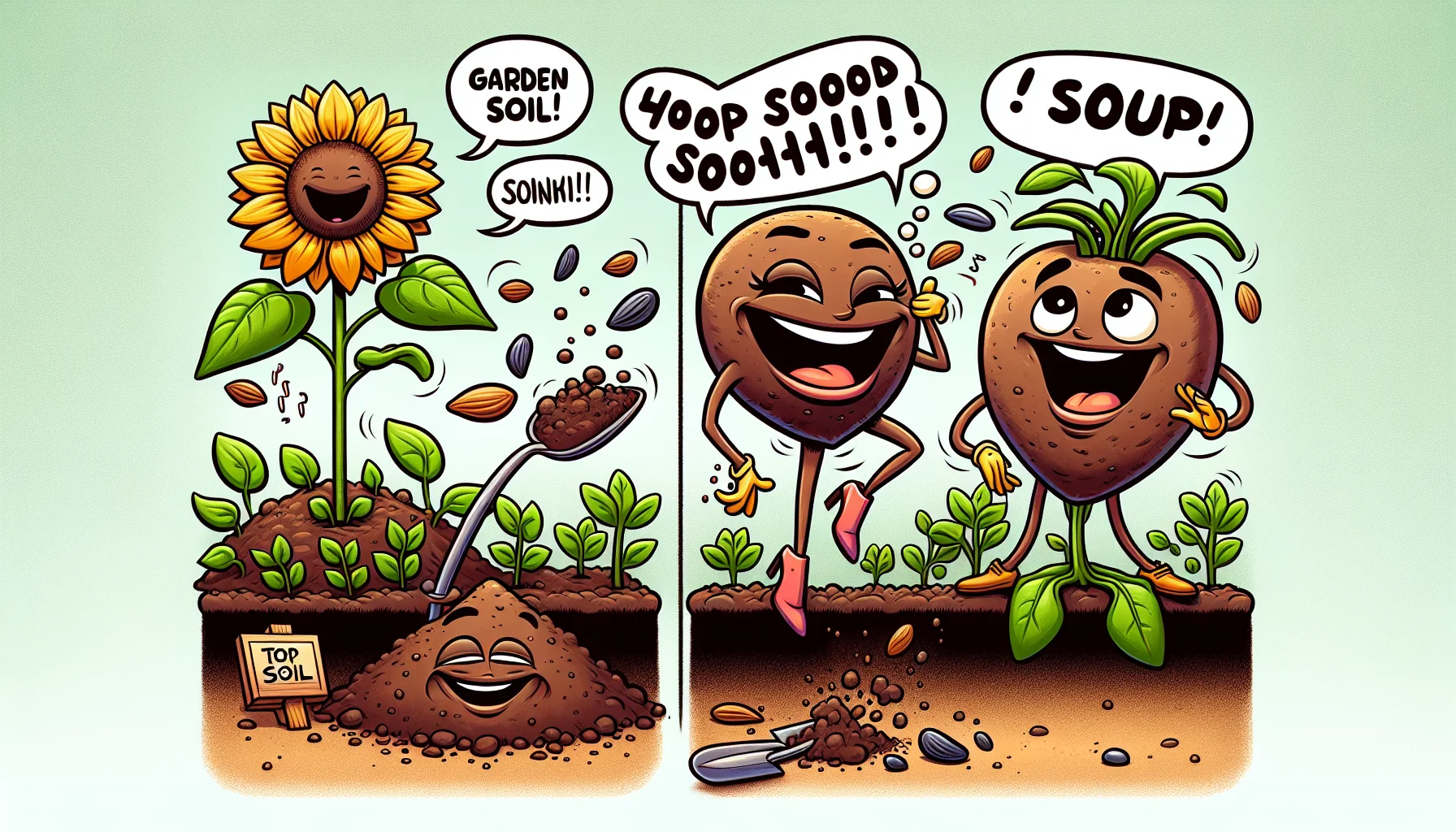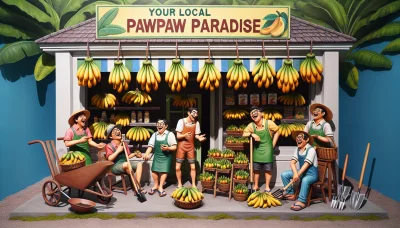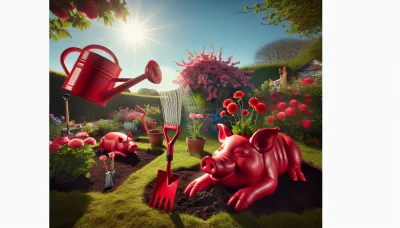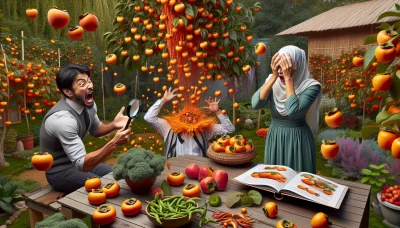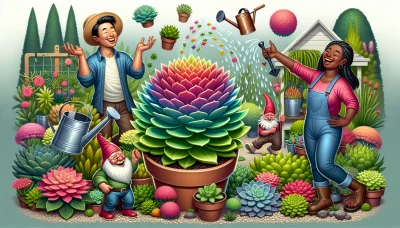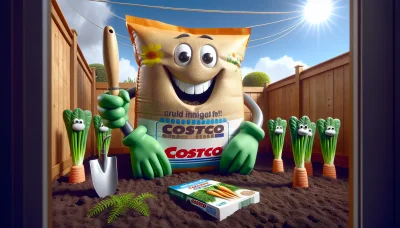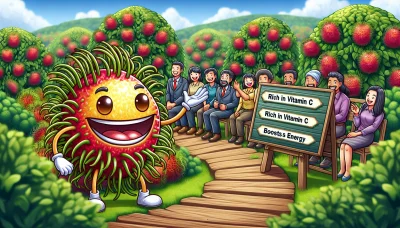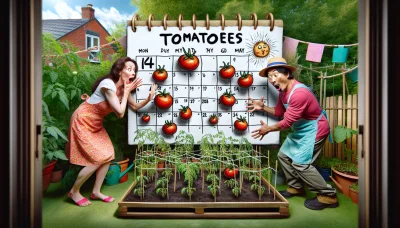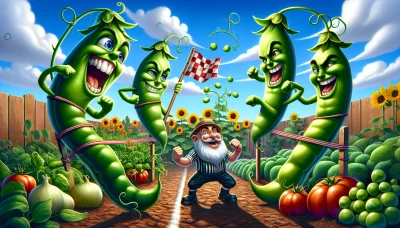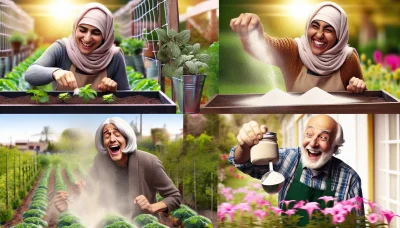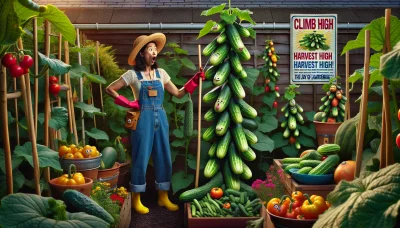Garden soil vs top soil Quiz
Test Your Knowledge
Question of
Garden Soil vs Top Soil: Understanding the Difference
Choosing the right type of soil is crucial for the success of any gardening project. Garden soil and topsoil, while often used interchangeably, serve different purposes and contain distinct compositions that can significantly impact plant growth. Understanding the differences between these soils ensures that gardeners can provide the best possible environment for their plants to thrive, leading to a more productive and vibrant garden.
What is Garden Soil?
Garden soil is a rich, organic material that forms the foundation of any healthy garden. It is typically composed of a blend of decomposed plant matter, minerals, beneficial microorganisms, and sometimes, added nutrients to improve plant health. The composition of garden soil can vary, but it often includes components like compost, peat moss, vermiculite, or perlite to enhance its structure, drainage, and nutrient content. The benefits of using garden soil in gardening are numerous. It supports plant health by providing essential nutrients, improves soil aeration and drainage, and helps retain moisture, which is critical for plant growth. Additionally, the presence of beneficial microorganisms in garden soil can aid in breaking down organic matter, further enriching the soil and making nutrients more available to plants. Garden soil is typically used for outdoor gardening, in raised beds, or as a top layer in gardens to support the growth of flowers, vegetables, and other plants. Its rich composition makes it an indispensable resource for gardeners looking to cultivate healthy, vibrant gardens.
What is Top Soil?
Top soil is the uppermost layer of soil that provides nutrients to plants and vegetation. It is typically the first 5 to 10 inches of soil and contains a high concentration of organic matter and microorganisms, making it extremely fertile. This layer is crucial for the growth of plants as it holds the necessary nutrients and moisture they need to thrive. In gardening and landscaping projects, top soil is used to create a healthy base for lawns, flowers, and vegetable gardens. It can be added to areas where the existing soil is poor or depleted, improving soil structure, enhancing water retention, and providing the essential nutrients for plant growth. Whether you're planting a new garden or revitalizing your lawn, incorporating top soil is a key step to ensuring the health and beauty of your outdoor space.
Key Differences Between Garden Soil and Top Soil
- Garden soil is specifically blended to cater to the needs of vegetable and flower gardens, while top soil is a more general-purpose soil.
- Top soil is primarily used to level out low areas in landscapes or as a base soil layer for new sod, whereas garden soil is enriched with compost and organic matter to support plant growth.
- Garden soil contains a mix of soil types and organic matter to improve soil structure and fertility, top soil may not necessarily be enriched or contain added nutrients.
- Top soil can vary greatly in quality and composition depending on the source, while garden soil is usually more consistent because it is manufactured to meet specific standards.
- Garden soil is often more expensive than top soil due to the added nutrients and organic materials.
How to Choose the Right Soil for Your Garden
Choosing the right soil for your garden is crucial for the health and growth of your plants. Different types of gardening projects require different types of soil, so it's important to understand what your garden needs. Consider the type of plants you wish to grow; vegetables may require soil rich in nutrients, while succulents prefer a well-draining, sandy mix. Test your soil's pH level, as some plants thrive in acidic soil, whereas others need a more alkaline environment. Organic matter, such as compost, can improve soil structure, provide nutrients, and enhance moisture retention. Lastly, consider the drainage capabilities of your soil; too much moisture can lead to root diseases, while too little can stress plants and reduce their growth. By taking these factors into account, you can select the ideal soil for your gardening project and help your plants thrive.
Mixing Garden Soil and Top Soil
Mixing garden soil with top soil can significantly enhance plant growth, offering a balanced medium that supports root development and nutrient uptake. This mixture combines the best of both worlds: the nutrient-rich composition of garden soil with the lighter, more aerated structure of top soil. This results in improved water retention and drainage, preventing issues like waterlogging or drought stress. Additionally, it introduces beneficial microorganisms and organic matter, essential for healthy plant growth. However, it's important to consider the specific needs of your plants and the existing soil conditions in your garden. Adjusting the ratio of garden and top soil to match these requirements can help you achieve optimal growth conditions.
Frequently Asked Questions
| Question | Answer |
|---|---|
| What is the difference between garden soil and topsoil? | Garden soil is a blend of soil and organic matter, designed to support plant growth. Topsoil is the uppermost layer of soil, which can vary in quality and composition. |
| Can I use topsoil in pots? | It's not recommended to use straight topsoil in pots because it can compact easily and hinder drainage. It's better to use a potting mix or blend topsoil with other components. |
| How do I improve poor garden soil? | Improving poor garden soil can involve adding organic matter, such as compost or manure, adjusting pH levels as needed, and ensuring proper drainage. |
| How often should I replace the soil in my garden? | Soil doesn't necessarily need to be completely replaced. Regularly adding organic matter and nutrients can maintain its health. However, refreshing the top layer with compost or new soil can be beneficial every few years. |
| Is it necessary to test garden soil? | Yes, testing garden soil is important to understand its pH and nutrient levels. This information can help you make informed decisions about soil amendments and plant selection. |
